International
Foreign interference investigation leading toward public inquiry as Poilievre asks “When did he know?”
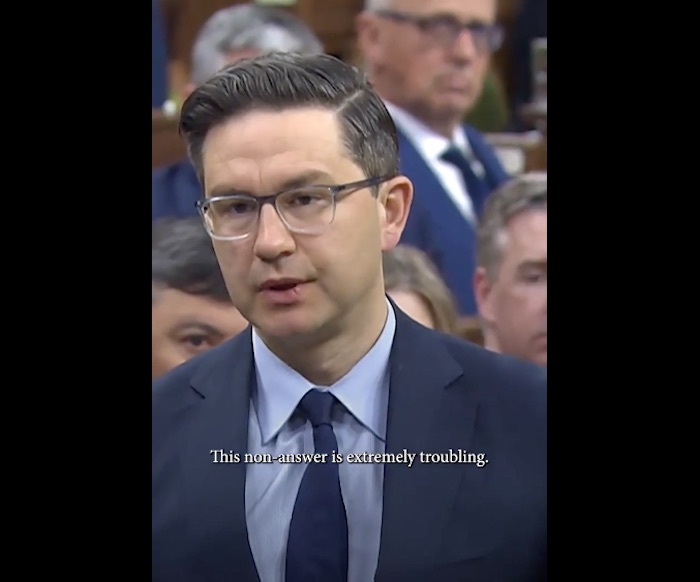
Business
Democracy Watchdog Says PM Carney’s “Ethics Screen” Actually “Hides His Participation” In Conflicted Investments
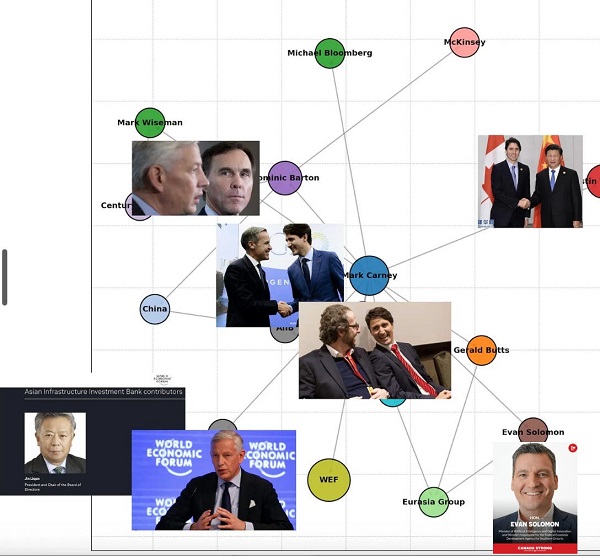
 Sam Cooper
Sam Cooper
A democracy watchdog is warning that Prime Minister Mark Carney’s sprawling private investments, including substantial holdings in Brookfield as well as shares in more than 550 other companies, cause a disabling conflict of interest that cannot be solved by his so-called “ethics screen,” ultimately undermining Ottawa’s credibility and negating Carney’s capacity to confront hostile regimes, including China.
In a scathing statement this week, Democracy Watch urged Carney to fully divest his shares and stock options, arguing that Ottawa’s purported “screen” — which relies on Carney’s chosen staff to supposedly shield the prime minister from conflicted business decisions — actually “allows him to participate in, and hides his participation in, almost all decisions that affect his investments.”
Democracy Watch cited the landmark 1987 Parker Commission on conflicts of interest, which concluded that top public officials must sell all investments outright and that blind trusts should be banned as ineffective “shams.”
These warnings echo The Bureau’s March 2025 pre-election investigation, which outlined in granular detail Carney’s deep entanglements with Brookfield and China.
The Bureau revealed that Brookfield, the $900 billion investment giant Carney joined in 2020, held over $3 billion in politically sensitive assets connected to Chinese state-linked real estate and energy conglomerates, as well as a significant offshore banking footprint. One of its headline deals — a $750 million stake in a Shanghai commercial property project dating back to 2013 — was tied to a Hong Kong tycoon with official links to the Chinese People’s Political Consultative Conference, a central “united front” body identified by the CIA as a tool of Beijing’s overseas influence operations.
Brookfield’s heavy exposure in Shanghai was compounded last year when, amid China’s collapsing real estate market, Carney’s company secured nearly $300 million in emergency loans from the Bank of China. As The Bureau reported, this arrangement carried echoes of Carney’s tenure as Bank of England governor, when he helped facilitate the global expansion of the Chinese financial system and lauded the internationalisation of the renminbi as “a global good.”
While Carney claims to have stepped away from operational control at Brookfield before entering politics, The Bureau’s reporting suggested that his influence over the firm’s China strategy lingered well into his leadership tenure.
Duff Conacher, co-founder of Democracy Watch, reinforced the watchdog’s position in interviews with The Bureau.
“It was very unethical for Mark Carney to hide his investments in more than 560 companies for the past four months,” Conacher said. “Unfortunately, many media outlets failed to cover the conflicts of interest, especially regarding Brookfield, and failed to point out that his so-called blind trust isn’t blind at all.”
Conacher warned that Carney’s private holdings risk tainting not just domestic policy but also Canada’s international relationships and moral authority.
“Mark Carney’s investments will affect not only his decisions about laws, policies, taxes and subsidies that affect businesses in Canada but also, given Brookfield’s business interests around the world, will also taint the Canadian government’s relationships,” Conacher said. “This will weaken the government’s actions concerning other countries, including countries like China that interfere in Canadian politics and threaten Canada’s interests in many ways.”
In yet another pre-election investigation published in February 2025, The Bureau delved into Carney’s deep political and business networks that bridge global trade interests converging around China and pro-Beijing Western business elites — networks that illustrate the same theme of ethical conflicts haunting Ottawa today.
As Canada braced for a leadership change — with Prime Minister Justin Trudeau poised to step down in February — the central question of Carney’s campaign, as The Bureau reported, was whether he would govern differently from the deeply unpopular Trudeau. That framework held until Carney’s team succeeded in shifting baby boomer voters onto a new predominant election issue: that he was the best leader to confront President Donald Trump in a trade war — a claim that, in hindsight, appears absurd to critics, given Carney’s massive personal investment interests in American companies.
Regardless, back in February, Carney’s camp insisted he was a fundamentally different figure from Trudeau.
Yet The Bureau’s closer examination of Carney’s elite network — guided by the principle that long-standing relationships of trust and shared financial interests shape governance — revealed a constellation of global influencers deeply tied to the World Economic Forum and China’s trade and finance arms, particularly the Asian Infrastructure Investment Bank (AIIB). At its core, this network of influential figures — whose stated goals center on consolidating financial power across borders to coordinate carbon-reduction policies and progressive social outcomes — included not just Carney and Trudeau but also former Canadian ambassador to China Dominic Barton, Trudeau campaign backers Mark Wiseman and Gerald Butts, and AIIB’s Jin Liqun, a senior Chinese Communist Party operative.
Carney’s influence also appeared to extend into Canada’s state broadcaster. Former Power & Politics host Evan Solomon — who in 2015 was embroiled in an art-dealing scandal involving Carney, whom he referred to as “the Guv” — later joined a consultancy with Carney’s wife and Gerald Butts. In a leaked email, cited in The Toronto Star’s 2015 art-dealing exposé, Solomon reportedly wrote: “Next year in terms of the Guv will be very interesting. He has access to the highest power network in the world.”
As it turned out, the ties between the former CBC art-dealing host and the former Bank of Canada governor stood the test of years. Solomon was ultimately chosen by Carney to run for the Liberal Party in Toronto and now serves as his Minister of Artificial Intelligence — a revealing trajectory that exemplifies the ethical ambiguity behind Carney’s deeply intertwined media, business, and political influence networks.
The Bureau is a reader-supported publication.
To receive new posts and support my work, consider becoming a free or paid subscriber.
Invite your friends and earn rewards
International
Matt Walsh slams Trump administration’s move to bury Epstein sex trafficking scandal
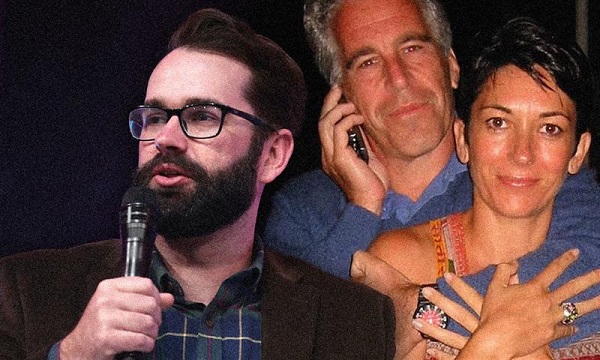
From LifeSiteNews
‘We can’t drop it. We can’t move on. Because what we want is justice. We have a deep desire for justice,’ Matt Walsh explained.
Matt Walsh minced no words as he criticized the Trump administration’s stunning reversal in its messaging surrounding Jeffrey Epstein’s client list.
“There’s simply no getting around the massive craterlike hole that the administration dug for itself here,” Walsh said during his most recent podcast. The Trump administration is “just telling us to shut up, essentially.”
“Millions of Americans are not satisfied with what we’ve been told,” Walsh declared. “And we shouldn’t be, because it’s been contradictory and insulting to our intelligence every step of the way.”
“This is what happens when people are deceived and strung along for years, only to be told that they’re not entitled to any kind of transparency whatsoever,” he said. “People are not just going to move on with their lives, no matter how badly you want them to, and there’s a reason for that.”
“I want to make this very clear to those on the right, including the President himself who are telling us to just drop the subject and move on,” Walsh said.
“We can’t drop it. We can’t move on. Because what we want is justice. We have a deep desire for justice.” he explained, “And we can see how the corrupt and the powerful are never held accountable.”
He continued:
We can look at our cities and see violent criminals running rampant in the streets. Also not held accountable.
We want these evil doers to be punished.
We want the innocent to be defended.
We want justice. It’s one of the most basic and most honorable of all human desires.
We want to see that justice is done.
Turning his attention back to the Epstein scandal, Walsh said, “We want to know who else was in those awful videos that Pam Bondi told us about, and we want those people to be dragged in front of us, weeping and begging for mercy.”
“We want them exposed and humiliated and shamed and punished in the harshest and most painful way. Because that’s justice, and we’re not going to drop the subject until we get it,” he promised.
“So unseal everything, including the search warrants and the financial disclosures. Tell us what exactly was in those truckloads of documents that you recovered in New York,” he urged. “Show us the ‘Phase II Epstein Files’ that you told us about a few months ago.”
“In other words, don’t give us any more excuses from bureaucrats on Fox News. Don’t give us any more stonewalling and doublespeak,” he demanded. “We’ve seen more than enough of that in this case and so many others.”
“Instead, for a change,” Walsh said, “give us something we’re not used to seeing from the federal government and the DOJ: Give us justice.”
Walsh was reacting to the DOJ’s announcement last week that there is no Epstein “client list” and that “no further disclosure is warranted,” immediately igniting a firestorm of criticism from the grassroots MAGA movement and conservative pundits.
“This EPSTEIN AFFAIR is NOT going away!” General Michael Flynn declared on X. “This has to change and quickly.”
“Until this case is fully revealed, every elite institution carries a stench they can’t wash off,” Glenn Beck said.
“The Epstein case isn’t over. It’s the Rosetta Stone of public trust,” Beck said. “And if we don’t get to the bottom of it, we’ll never restore what’s already been lost.”
“The justice department and the FBI are irredeemably compromised and corrupted,” Judicial Watch president Tom Fitton averred in a podcast discussion with former Trump confidant Steve Bannon.
Trump and his administration had clearly not read the room before attempting to deflect attention away from the Epstein scandal but has since recalibrated its public stance.
“Just got off the phone with top federal law enforcement contact. The change in approach to Epstein has been dramatic,” conservative commentator Benny Johnson wrote on X. “Expect more disclosures. Some very powerful people inside Admin are now pushing for a Special Counsel and a full press briefing on Epstein findings.”
“This is why when you feel strongly about something you should never shut the f— up. Never underestimate the power of X,” said Mike Benz, executive director of the Foundation for Freedom. “Kudos to the Trump admin (at least via its (spokesperson) today) for signaling a change in stance to be responsive to the public.”
“Obviously, the next few months will tell the final tale, but it’s very heartening to have a government that feels like it really keeps its nose to our grindstone,” Benz added.
-

 Alberta2 days ago
Alberta2 days agoMedian workers in Alberta could receive 72% more under Alberta Pension Plan compared to Canada Pension Plan
-
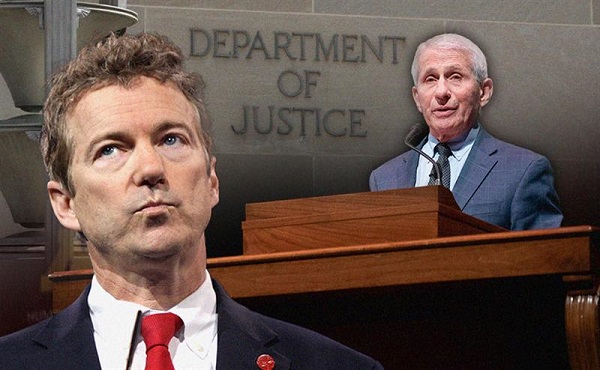
 COVID-192 days ago
COVID-192 days agoSen. Rand Paul: ‘I am officially re-referring Dr. Fauci to the DOJ’
-
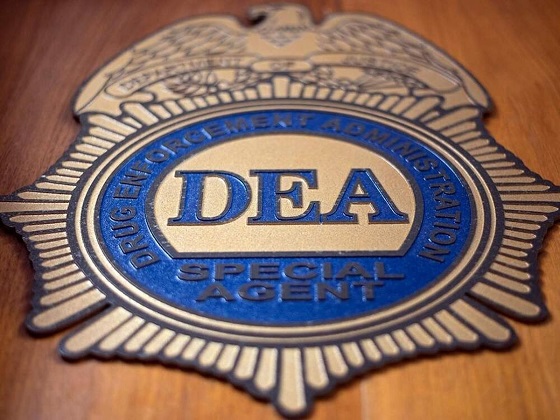
 Crime2 days ago
Crime2 days agoDEA Busts Canadian Narco Whose Chinese Supplier Promised to Ship 100 Kilos of Fentanyl Precursors per Month From Vancouver to Los Angeles
-
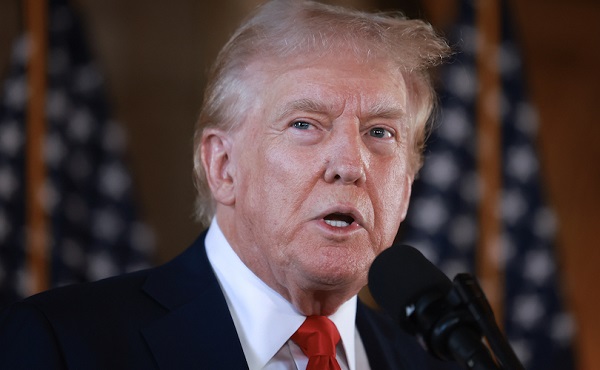
 Education2 days ago
Education2 days agoTrump praises Supreme Court decision to allow dismantling of Department of Education
-

 Business2 days ago
Business2 days agoCanada must address its birth tourism problem
-

 Business2 days ago
Business2 days agoConservatives demand probe into Liberal vaccine injury program’s $50m mismanagement
-
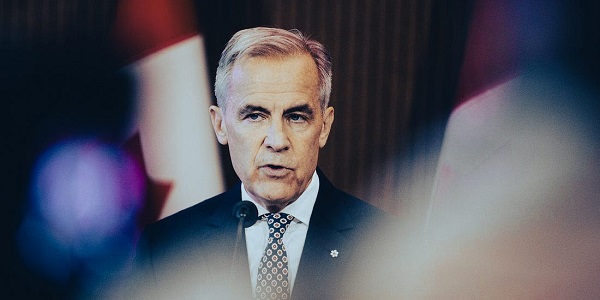
 National1 day ago
National1 day agoDemocracy Watch Blows the Whistle on Carney’s Ethics Sham
-

 International1 day ago
International1 day agoMatt Walsh slams Trump administration’s move to bury Epstein sex trafficking scandal






